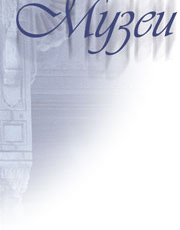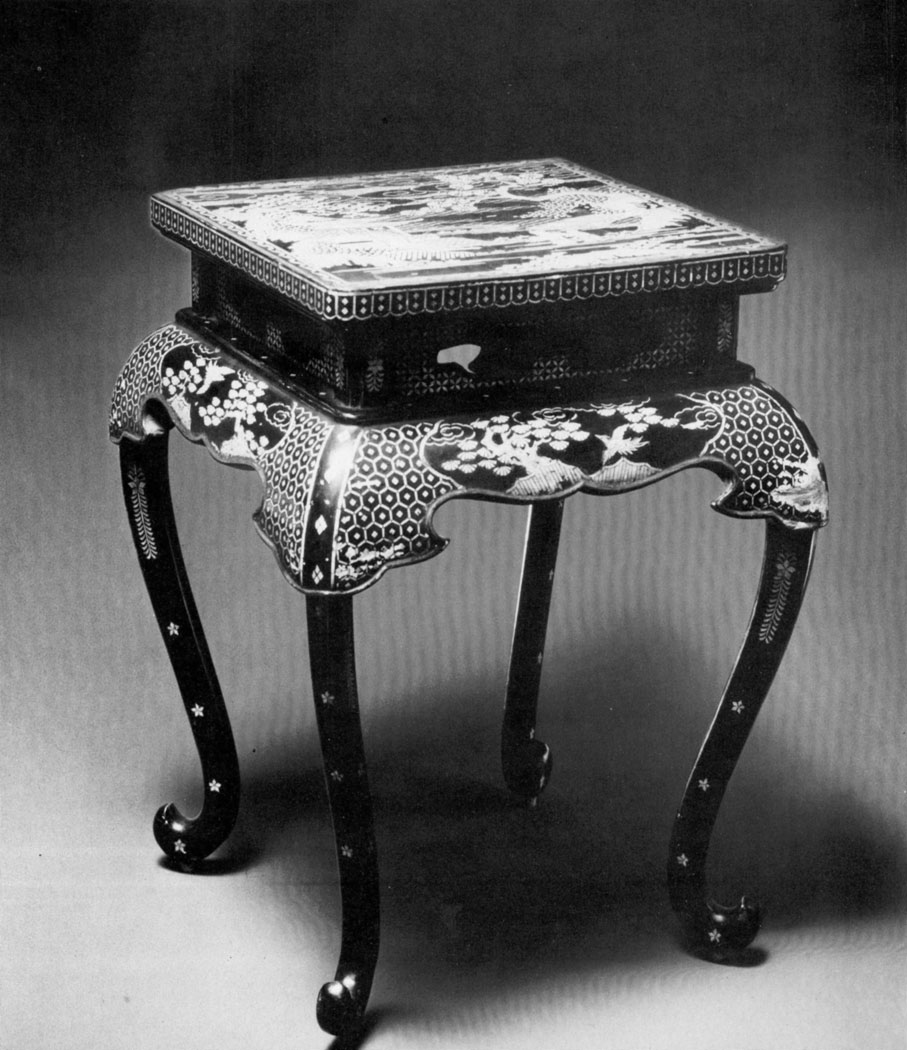
Democratic People's Republic of Korea
The Dance
By Kim En Schun (born 1904). Democratic People's Republic of Korea. 1957
Indian ink and watercolours on paper.
Height 86 cm. Inv. No. 12272 I
Acquired in 1959 from a private collection.
With the formation of the Democratic People's Republic of Korea the development of fine arts made a rapid progress encouraged by the establishment of the Union of Korean Artists in 1953. Striving to endow their national painting with new content, Korean painters turned to a new repertory of subjects drawn from the social life of the young republic. A well-known Korean painter, art critic and one of the founders of the new artistic trend, Kim En Schun was born in Taegu, Kaesong-Namdo province. He graduated from an art school in Pyongyang. His picture The Dance was awarded a gold medal at the 1957 International Festival of Youth and Students in Moscow. A master of traditional monochrome painting in Indian ink, in this picture Kim En Schun enhances the graphic expressiveness of linear treatment with delicate colouring. The work is remarkable for its combination of lyricism and dynamism and seems to be inspired by the joyous atmosphere of a youth festival.

Table
Democratic People's Republic of Korea. 20th century
Wood, inlaid with mother-of-pearl and lacquered.
Height 133 cm. Inv. No. 11013 I
Received in 1959 from the Kremlin Armoury, Moscow. First publication.
Lacquer wares are highly valued both in Korea and abroad. This ancient craft has recently become very popular again: the old traditional centres have been enlarged and modernized, and special art schools and workshops have been established to encourage young people to study the craft. Nowadays most of the workshops which produce lacquers are concentrated in Pyongyang and Wonsan. Numerous craftsmen who work there make it a point to preserve the national traditions of the past. Thus the repertory of lacquer wares to this day includes decorative carved furniture with inlaid work, though contemporary masters have evolved their own decorative techniques. They emphasize the lustre of the polished surface by applying transparent varnish in a greater number of coats than their predecessors did, and, besides, they enhance the visual effect of the inlaid work by applying colour-pink, blue or greenish-to mother-of-pearl insets. The iridescent and shimmering inlaid pattern looks particularly enchanting against the noble black background.
|
ПОИСК:
|
© MUSEUMS.ARTYX.RU, 2001-2021
При использовании материалов сайта активная ссылка обязательна:
http://museums.artyx.ru/ 'Музеи мира'
При использовании материалов сайта активная ссылка обязательна:
http://museums.artyx.ru/ 'Музеи мира'